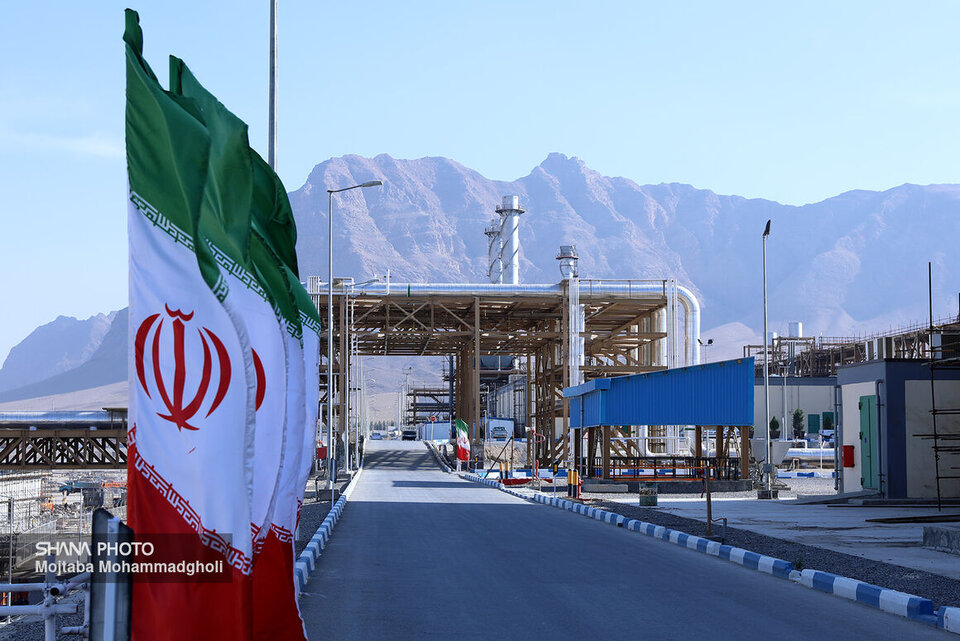According to the company, CEO Gholamreza Baqeri Dizaj said the flare gas recovery (FGR) project is one of the refinery’s most important environmental initiatives. The project aims to fully eliminate flare gas emissions and, once operational, will remove the refinery from the scope of Note 4, Article 4 of the executive bylaw related to Article 27 of the value-added tax law.
He said feasibility studies for constructing a sulfur management unit began in 1402, and the project received approval from the Department of Environment in November 2025. The project, approved with a budget of 200 million euros, is designed to convert all solid sulfur output—currently sold in bulk—along with waste gases and industrial effluents into environmentally friendly products for agricultural use. Baqeri Dizaj said the unit will require no fresh water, with all its water needs supplied through graywater and industrial wastewater.
Refinery Has No Impact on Local Air Quality
Baqeri Dizaj said the refinery conducted an air pollutant dispersion modeling project using the AERMOD engineering software in cooperation with specialized firms. The results, which were submitted to the provincial Department of Environment, show the refinery has no impact on air quality in Esfahan or neighboring counties.
He added that, based on provincial resolutions aligned with social responsibility commitments, the refinery has purchased two online ambient air monitoring stations at a cost of more than 600 billion rials. Coordination is underway with the provincial environmental authority to install the equipment at designated sites — the governor’s office and the entrance of the Esfahan-Tehran highway — within the next 10 days. The stations can measure a wide range of air pollutants, including SOx, CO, PM10, PM2.5, O₃, NO, NO₂ and BTEX compounds, and calculate real-time Air Quality Index (AQI) values.
Baqeri Dizaj said the refinery has long monitored emissions from furnace stacks and industrial effluents in accordance with clauses 3 and 4 of Article 11 of the Clean Air Act. Continuous emission monitoring and self-reporting tests conducted by laboratories accredited by the Department of Environment are available around the clock through the agency’s online platform.


Your Comment